Observability-Driven Data Engineering: Building Pipelines That Explain Themselves
Self-healing actions: Taking automated corrective measures based on observed conditions
Real-World Implementation Patterns
Let’s explore how organizations are implementing observability-driven data engineering in practice:
Pattern 1: Data Contract Verification
A financial services company embedded observability directly into their data contracts:
- Contract definition: Data providers defined schemas, quality rules, volume expectations, and SLAs
- In-pipeline validation: Each pipeline stage automatically verified data against contract expectations
- Comprehensive reporting: Detailed contract compliance metrics for each dataset and pipeline
- Automated remediation: Pre-defined actions for common contract violations
This approach enabled both upstream and downstream components to explain what happened when expectations weren’t met. When a contract violation occurred, the system could immediately identify which expectation was violated, by which records, and which upstream processes contributed to the issue.
Results:
- 84% reduction in data quality incidents
- 67% faster time-to-resolution for remaining issues
- Automated remediation of 45% of contract violations without human intervention
Pattern 2: Distributed Tracing for Data Pipelines
A retail company implemented distributed tracing across their entire data platform:
- Trace context propagation: Every data record and pipeline process carried trace IDs
- Granular span collection: Each transformation, validation, and movement created spans with detailed metadata
- End-to-end visibility: Ability to trace data from source systems to consumer applications
- Business context enrichment: Traces included business entities and processes for easier understanding
When issues occurred, engineers could see the complete journey of affected data, including every transformation, validation check, and service interaction along the way.
Results:
- 76% reduction in MTTR (Mean Time to Resolution)
- Elimination of cross-team finger-pointing during incidents
- Immediate identification of system boundaries where data quality degraded
Pattern 3: Embedded Data Quality Observability
A healthcare provider integrated data quality directly into their pipeline architecture:
- Quality-as-code: Data quality rules defined alongside transformation logic
- Multi-point measurement: Quality metrics captured at pipeline entry, after each transformation, and at exit
- Dimensional analysis: Quality issues categorized by data domain, pipeline stage, and violation type
- Quality intelligence: Machine learning models that identified common quality issue patterns and suggested fixes
With quality metrics embedded throughout, pipelines could identify exactly where and how quality degradation occurred.
Results:
- 92% of data quality issues caught before reaching downstream systems
- Automated classification of quality issues by root cause
- Proactive prediction of quality issues based on historical patterns
Pattern 4: Self-Tuning Pipeline Architecture
A SaaS provider built a self-optimizing data platform:
- Resource instrumentation: Fine-grained tracking of compute, memory, and I/O requirements
- Cost attribution: Mapping of resource consumption to specific transformations and data entities
- Performance experimentation: Automated testing of different configurations to optimize performance
- Dynamic resource allocation: Real-time adjustment of compute resources based on workload characteristics
Their pipelines continually explained their own performance characteristics and adjusted accordingly.
Results:
- 43% reduction in processing costs through automated optimization
- Elimination of performance engineering for 80% of pipelines
- Consistent performance despite 5x growth in data volume
Architectural Components of Observable Pipelines
Building truly observable pipelines requires several architectural components working in concert:
1. Instrumentation Layer
The foundation of observable pipelines is comprehensive instrumentation:
- OpenTelemetry integration: Industry-standard instrumentation for traces, metrics, and logs
- Data-aware logging: Contextual logging that includes business entities and data characteristics
- Resource tracking: Detailed resource utilization at the pipeline step level
- State capture: Pipeline state snapshots at critical points
2. Context Propagation Framework
To maintain observability across system boundaries:
- Metadata propagation: Headers or wrappers that carry context between components
- Entity tagging: Consistent identification of business entities across the pipeline
- Execution graph tracking: Mapping of dependencies between pipeline stages
- Service mesh integration: Leveraging service meshes to maintain context across services
3. Observability Data Platform
Managing and analyzing the volume of observability data requires specialized infrastructure:
- Time-series databases: Efficient storage and querying of time-stamped metrics
- Trace warehouses: Purpose-built storage for distributed traces
- Log analytics engines: Tools for searching and analyzing structured logs
- Correlation engines: Systems that connect traces, metrics, and logs into unified views
4. Intelligent Response Systems
To enable self-diagnosis and self-healing:
- Anomaly detection engines: ML-based identification of unusual patterns
- Automated remediation frameworks: Rule-based or ML-driven corrective actions
- Circuit breakers: Automatic protection mechanisms for failing components
- Feedback loops: Systems that learn from past incidents to improve future responses
Implementation Roadmap
For organizations looking to adopt observability-driven data engineering, here’s a practical roadmap:
Phase 1: Foundation (1-3 months)
- Establish observability standards: Define what to collect and how to structure it
- Implement basic instrumentation: Start with core metrics, logs, and traces
- Create unified observability store: Build central repository for observability data
- Develop initial dashboards: Create visualizations for common pipeline states
Phase 2: Intelligence Building (2-4 months)
- Implement anomaly detection: Start identifying unusual patterns
- Build correlation capabilities: Connect related events across the platform
- Create pipeline health scores: Develop comprehensive health metrics
- Establish alerting framework: Create contextual alerts with actionable information
Phase 3: Automated Response (3-6 months)
- Develop remediation playbooks: Document standard responses to common issues
- Implement automated fixes: Start with simple, safe remediation actions
- Build circuit breakers: Protect downstream systems from cascade failures
- Create feedback mechanisms: Enable systems to learn from past incidents
Benefits of Observability-Driven Data Engineering
Organizations that have embraced this approach report significant benefits:
1. Operational Efficiency
- Reduced MTTR: 65-80% faster incident resolution
- Fewer incidents: 35-50% reduction in production issues
- Automated remediation: 30-45% of issues resolved without human intervention
- Lower operational burden: 50-70% less time spent on reactive troubleshooting
2. Better Data Products
- Improved data quality: 85-95% of quality issues caught before affecting downstream systems
- Consistent performance: Predictable SLAs even during peak loads
- Enhanced reliability: 99.9%+ pipeline reliability through proactive issue prevention
- Faster delivery: 40-60% reduction in time-to-market for new data products
3. Team Effectiveness
- Reduced context switching: Less emergency troubleshooting means more focus on development
- Faster onboarding: New team members understand systems more quickly
- Cross-team collaboration: Shared observability data facilitates communication
- Higher job satisfaction: Engineers spend more time building, less time fixing
Challenges and Considerations
While the benefits are compelling, there are challenges to consider:
1. Data Volume Management
The sheer volume of observability data can become overwhelming. Organizations need strategies for:
- Sampling high-volume telemetry data
- Implementing retention policies
- Using adaptive instrumentation that adjusts detail based on system health
2. Privacy and Security
Observable pipelines capture detailed information that may include sensitive data:
- Implement data filtering for sensitive information
- Ensure observability systems meet security requirements
- Consider compliance implications of cross-system tracing
3. Organizational Adoption
Technical implementation is only part of the journey:
- Train teams on using observability data effectively
- Update incident response processes to leverage new capabilities
- Align incentives to encourage observability-driven development
The Future: AIOps for Data Engineering
Looking ahead, the integration of AI into observability-driven data engineering promises even greater capabilities:
- Causality determination: AI that can determine true root causes with minimal human guidance
- Predictive maintenance: Identifying potential failures days or weeks before they occur
- Automatic optimization: Continuous improvement of pipelines based on observed performance
- Natural language interfaces: Ability to ask questions about pipeline behavior in plain language
Conclusion: Observability as a Design Philosophy
Observability-driven data engineering represents more than just a set of tools or techniques—it’s a fundamental shift in how we approach data pipeline design. Rather than treating observability as something added after the fact, leading organizations are designing pipelines that explain themselves from the ground up.
This approach transforms data engineering from a reactive discipline focused on fixing problems to a proactive one centered on preventing issues and continuously improving. By building pipelines that provide rich context about their own behavior, data engineers can create systems that are more reliable, more efficient, and more adaptable to changing requirements.
As data systems continue to grow in complexity, observability-driven engineering will become not just an advantage but a necessity. The organizations that embrace this approach today will be better positioned to handle the data challenges of tomorrow.




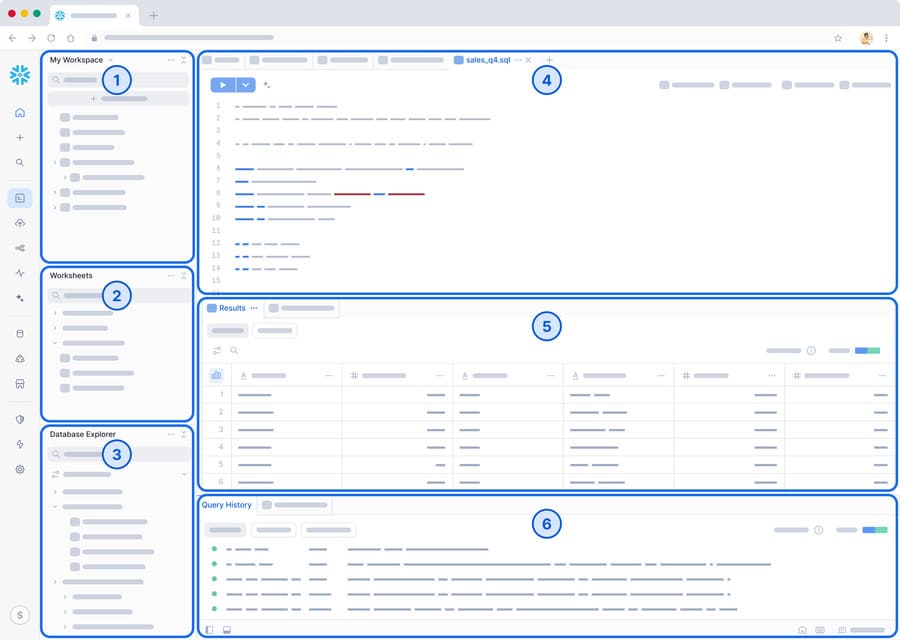

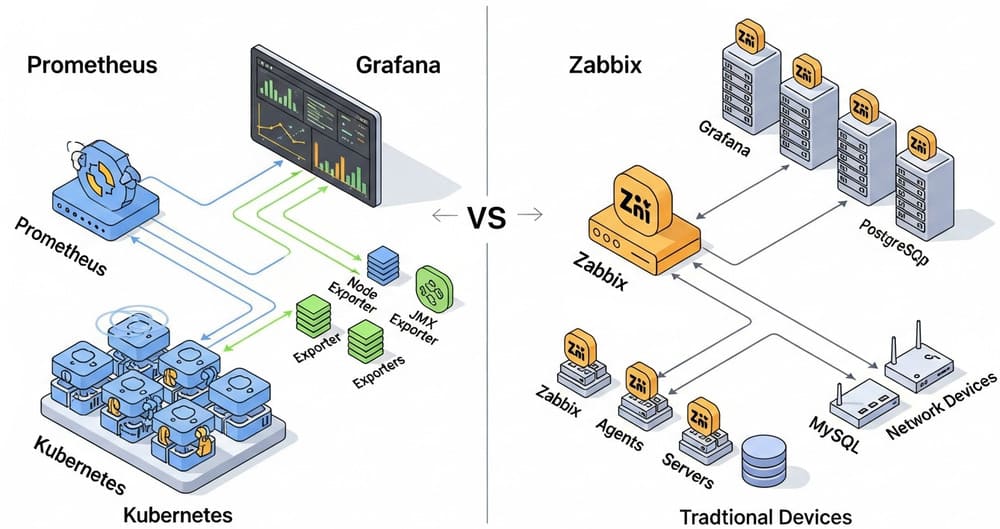
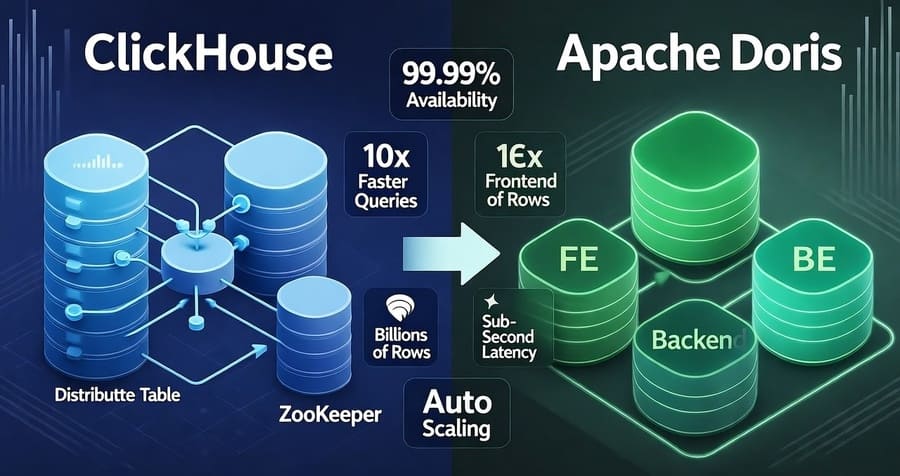
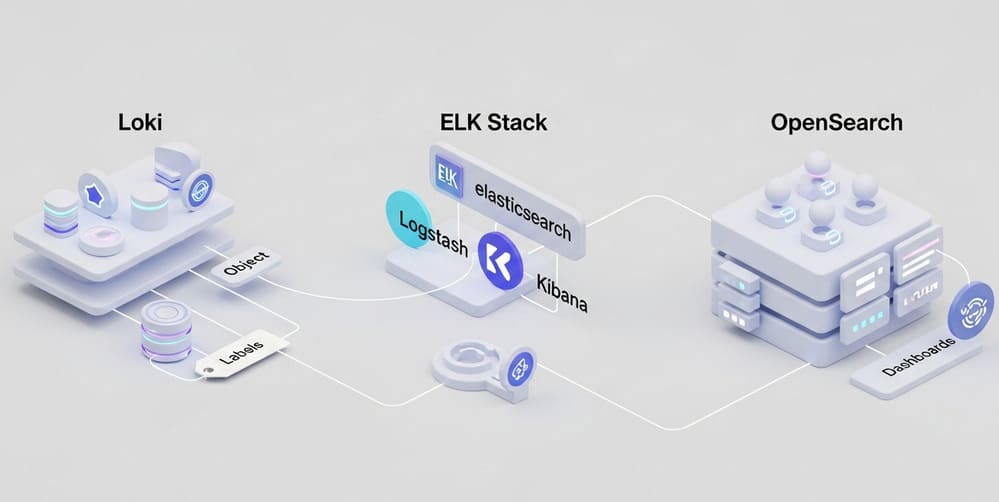
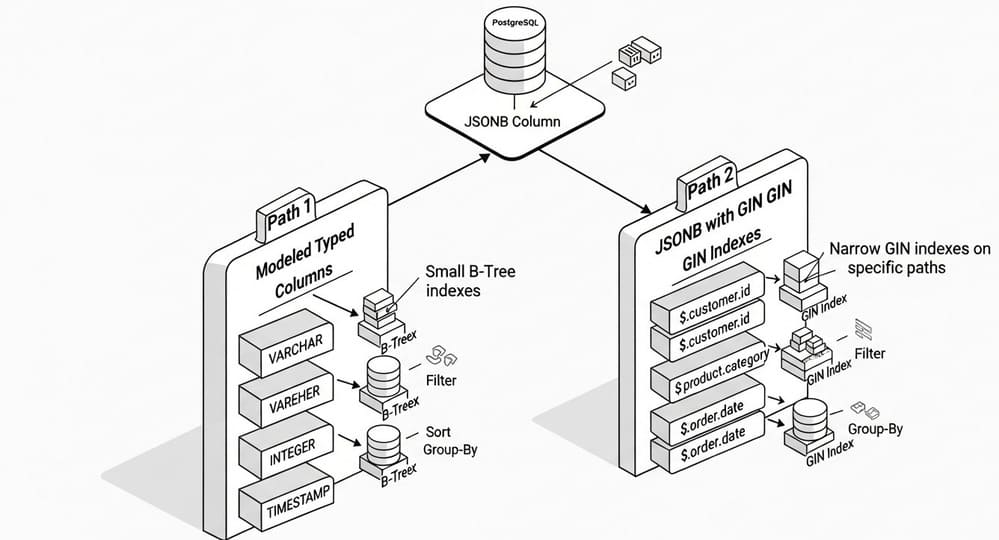
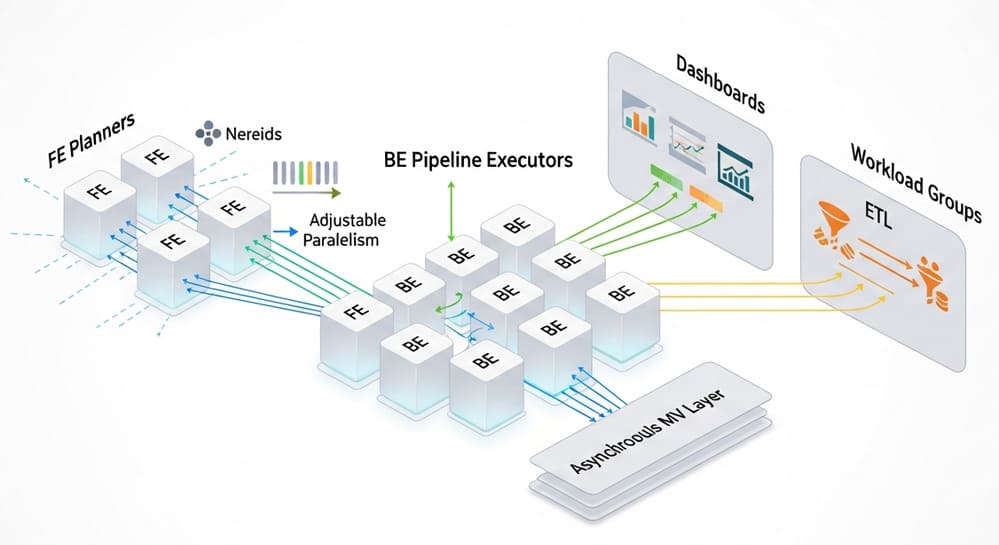



Leave a Reply